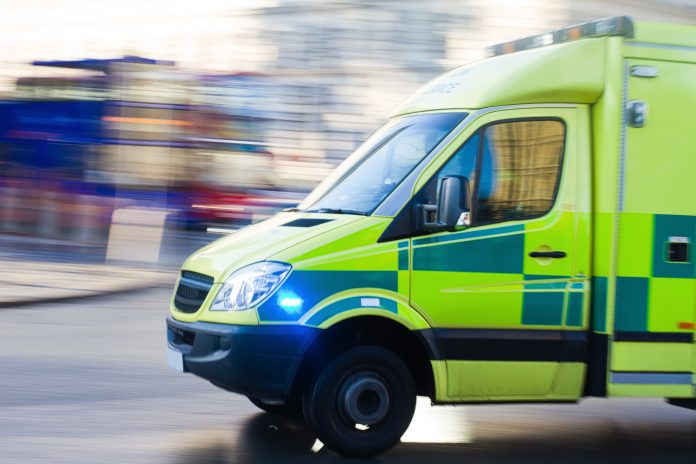BT and the University Hospital Birmingham have demonstrated the UK’s first remote diagnostic procedure over 5G
The UK’s first showcase bringing 5G virtual and augmented reality together with robotic technology in healthcare is taking place in Birmingham today – with BT claiming the technology has the potential to transform healthcare services and deliver significant cost savings by reducing the number of patient trips to hospitals.
Following the launch earlier this year of BT’s 5G network in Birmingham, University Hospitals Birmingham NHS Foundation Trust (UHB) and BT are demonstrating scenarios where the technology could provide solutions for the healthcare sector.
The demonstration is being hosted at the Medical Devices Testing and Evaluation Centre (MD-TEC) in UHB’s prestigious simulation lab located in the Institute of Translational Medicine. It also follows the UK’s first demonstration of a remote-controlled ultrasound scan over the 5G network at the same venue in June.
Today’s showcase will bring the concept of a 5G connected ambulance, provided by South Central Ambulance NHS Foundation Trust, to life and how the latest technology can be combined with clinical expertise to enable remote diagnostics and link field practitioners with surgeons or consultants in ‘real-time’.
The technology allows clinicians to remotely assess and diagnose a patient, view medical records, vital signs and ultrasounds. Today’s demonstration depicted a paramedic working from an ambulance in the Edgbaston area of Birmingham, being linked over the 5G network, to a clinician based over two miles away at MD-TEC.
Wearing a specially equipped VR headset, the clinician is able to visualise exactly what the paramedic sees in the ambulance. Using a joystick, they are then able to remotely direct the paramedic in real-time to perform any necessary scans, as well as get close-up footage of the wounds and injuries of a patient. The clinician does this by speaking to the paramedic to look in a particular direction, or, in the case of a scan, sends control signals over the live 5G network to a robotic or ‘haptic’ glove worn by the paramedic. The glove creates small vibrations that direct the paramedic’s hand to where the clinician wants the ultrasound sensor to be moved. This allows the clinician to remotely control the sensor position, whilst seeing the images in real-time. In addition, there is a camera in the ambulance which transmits a high definition view of the inside of the ambulance, paramedic and patient. Together with live feeds of the patient’s ultrasound scan, the clinician is able to recognise vital signs and view medical records in real-time via the VR headset, providing a truly immersive experience.
Fotis Karonis, CTIO and 5G executive lead for BT Enterprise, said the technology could be transformational for the NHS and other healthcare providers.
“We’re delighted to be demonstrating this cutting-edge technology here in Birmingham, which was amongst the first places in the UK and in Europe to get switched on to 5G,” he said.
“Not only is 5G capable of ultrafast speeds it has much lower latency meaning there is little to no delay when transmitting data over the network. This means things happen in ‘real time’ so this is of significant interest to the NHS because of its potential for medical applications, such as diagnostics and preventative healthcare. This capability provides efficiency opportunities for both hospital and ambulance trusts by reducing the number of referrals into hospital and patient trips.
“BT has a long and proud heritage of working with the NHS and we’re committed to developing technological solutions to meet some of the key challenges faced in the healthcare sector.”
Fotis added that BT has worked with its research partners including Ericsson, King’s College London and also with Voysys to demonstrate how 5G technology can provide digital transformation of critically important services and enable ‘real-time’ collaboration. It also shows the potential of 5G beyond enhanced mobile broadband.
Dave Rosser, UHB Chief Executive, said: “We are excited by the huge potential of 5G technology and how it can help transform healthcare in the future. We believe it has the potential to create more efficient use of healthcare resources, particularly with regards to easing the burden on A&E services which are facing unprecedented demand.
“At present, the urgent care system is based on an antiquated model and our centres are dealing with huge numbers of patients every day. The characteristics of 5G mean it should provide many advantages, including speeding up diagnoses for patients and potentially reducing the number of ambulance and A&E department visits. In particular, being able to perform diagnoses remotely means a doctor or clinician could determine an appropriate care pathway without necessarily having to see someone in hospital.”











